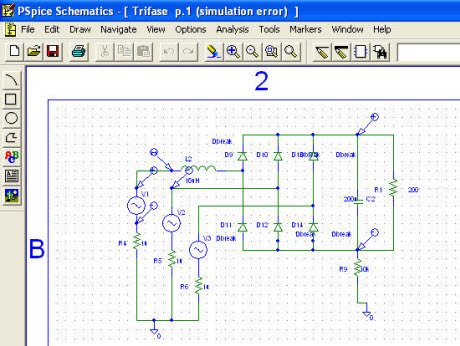

The first use of this technique, AWE, used explicit moment matching. (These are very closely related - see Laplace transform.) It can also be thought of a generalization of Elmore delay, which matches the first moment in the time domain (or computes a one-pole approximation in the frequency domain - they are equivalent). It can be thought of as either matching multiple moments in the time domain, or finding a good rational approximation (a Padé approximation) in the frequency domain.

If the network is not tree structured the Elmore delay can still be computed, but involves matrix calculations.) In this case the Elmore delay can be calculated in time O(N) with two tree traversals. (This assumes the network is tree structured, true of most nets in chips. Then all delays are summed from the root. The delay of each wire segment is the R of that segment times the downstream C. It uses the R and C values of the wire segments in a simple calculation.
#Simple delay circuit orcad model software#
This allows arbitrarily complex models to be represented, but raises significant software engineering issues.
#Simple delay circuit orcad model plus#
This approximates the delay as a constant plus k times the load capacitance. A very simple model called the K-factor model is sometimes used.These tables take an output load and input slope, and generate a circuit delay and output slope. Two dimensional tables are commonly used in applications such as logic synthesis, placement and routing.

This is the most accurate, but slowest, method.


 0 kommentar(er)
0 kommentar(er)
